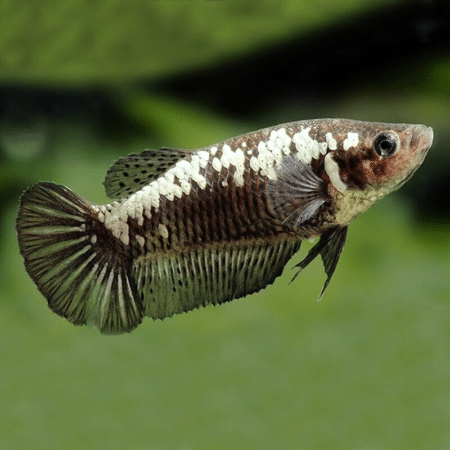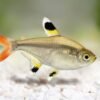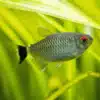-
×
-
×
-
×
-
×
Subtotal: £165.48

















Emily Carter (verified owner) –
I recently added 6 Albino Cherry Barbs to my aquarium, and I couldn’t be happier with my decision! These little beauties have been in my tank for about two months now, and their gentle nature is just delightful. They swim gracefully and add a lovely splash of color to my setup, especially with the way their albino bodies shimmer under the lights.
From my experience, these fish are perfect for community tanks, as they get along well with my guppies and other peaceful species. Unlike some other barbs I’ve kept in the past, the Albino Cherry Barbs are not nippy at all, which makes me feel good about their well-being and that of my other fish. They seem to thrive in a well-planted environment, and I’ve noticed they love to dart in and out of the plants, which keeps them active and happy.
One minor downside is that they can be a bit shy at first, so I recommend providing plenty of hiding spots. After a week of acclimation, they really started to come out of their shells! I would definitely recommend these to any aquarist looking to add a beautiful, hardy fish to their tank. They’ve become a favorite of mine, and I’ll be purchasing more soon!
Emily Carter (verified owner) –
I recently added 6 Albino Cherry Barbs to my 55-gallon tank, and I couldn’t be happier with my choice! They’ve brought a lovely splash of color and a sense of tranquility to my setup. After observing them for about two months now, I’ve noticed how gentle and sociable they are—perfect for my community tank, which also includes neon tetras and a betta fish. Despite being new to the hobby, I feel reassured knowing these little ones are so adaptable and easy to care for.
They swim gracefully in the mid-level of the tank, often schooling together, which is a joy to watch. Their bright appearance contrasts beautifully against the lush green plants I’ve added. One minor concern was that they initially took some time to acclimate, but with a slow introduction, they settled in beautifully.
I’d highly recommend these fish to both beginners and experienced aquarists looking to enhance their freshwater fish collection. They’ve truly elevated the vibe of my aquarium. Shipping was prompt, and they arrived healthy and thriving!